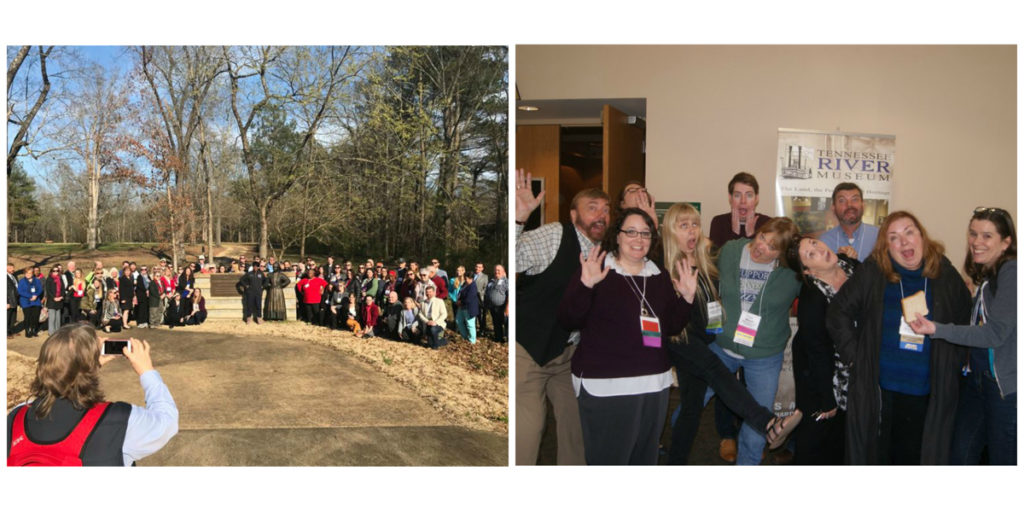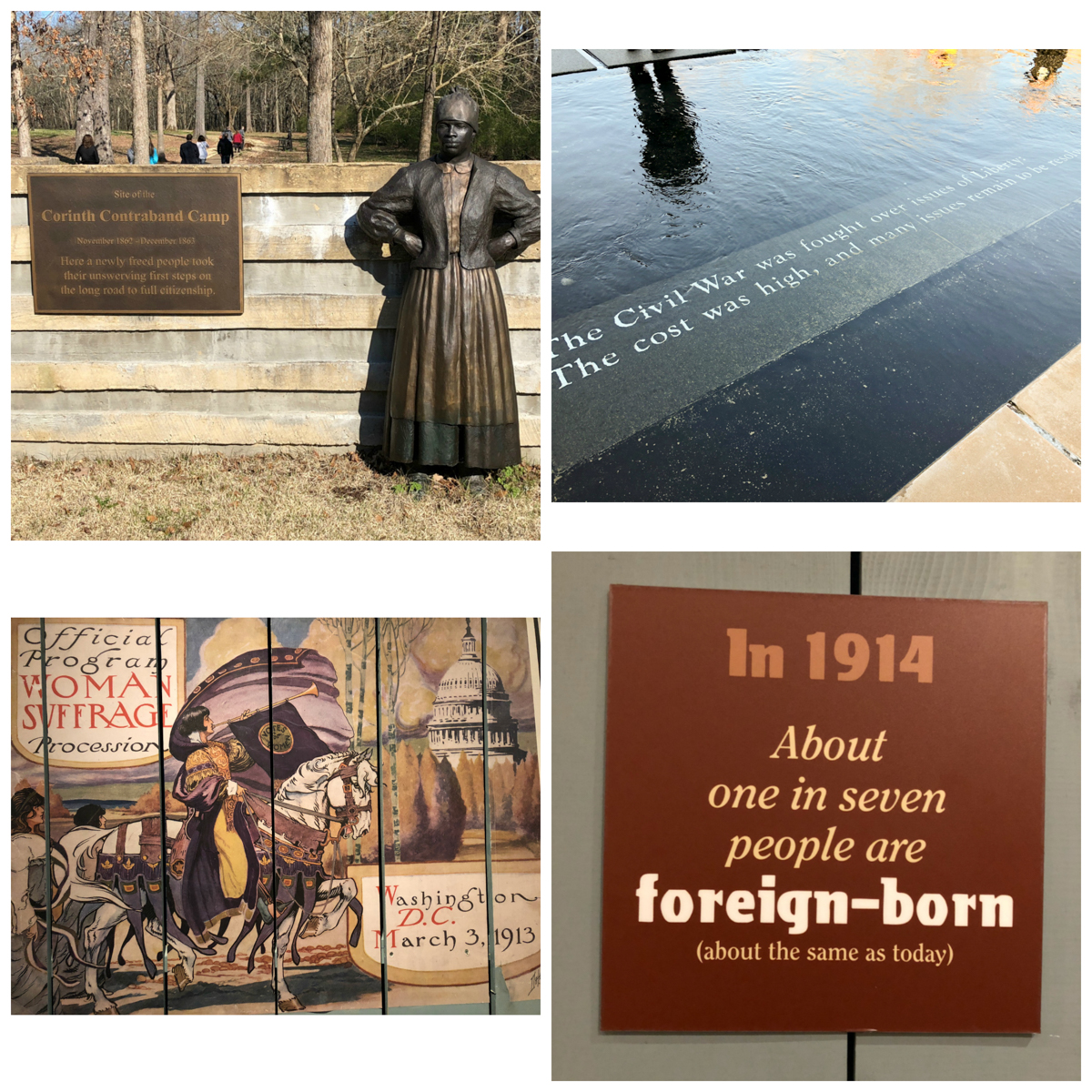Alexandre Dumas wasn’t talking about museums when he wrote the famous “All for one, and one for all” cry of the Three Musketeers. Rather it was a rallying cry of solidarity in the midst of derring-do and various battles of wit and strength.
Nevertheless, this motto is something I’ve been thinking about a lot over the last few months, but in relation to those who work in the museum and cultural institution field rather than swashbuckling adventurers. (Though museum people can swash and buckle with the best of them – spend time in any conference hospitality suite at the end of a long day of presentations and learning if you don’t believe me!) And here’s why: Cultural and heritage bodies are great organizers, especially organizing themselves into professional associations. And these professional organizations are hugely important to the success and growth of each individual institution within them, and all of those individual institutions work together to make that professional association stronger and more effective.
Here at the Birthplace of Country Music Museum we are fortunate to belong to several associations, from big to small: American Alliance of Museums (AAM), Smithsonian Affiliations, Southeast Museums Conference (SEMC), American Association of State and Local History (AASLH), Virginia Association of Museums (VAM), Tennessee Association of Museums (TAM), and Northeast Tennessee Museum Association (NETMA). And each and every one of them brings us benefits, every day and in so many ways:
Professional Development
Professional associations offer a host of wonderful opportunities for professional development through conferences, webinars, courses, workshops, training, online resources, and networking events. Conferences and networking events give us the chance to learn about what other museums are doing, discuss common challenges, and brainstorm strategies and solutions. The conference sessions cover a huge variety of topics – from educational programming to board membership to digital trends to accessioning collections (and more!) – which means that every role in an organization is sure to gain valuable insights into their daily work. And these professional associations not only include the broader ones noted above, but there are also a host of more specific groups that use conferences, events, and online forums as a chance to go even deeper into topics and needs relevant to museums. For instance, NAME (National Association of Museum Exhibition) focuses on exhibit design and development while DIVCOM (AAM’s Diversity Committee) focuses on the advancement of diversity and inclusion, and our Digital Resources Manager has found that his museum degree alumni group offers continued support and other opportunities.
Courses and workshops are also a great way to learn about a topic, and training provides useful skills to put into practice at your work. However, webinars in particular offer a low-cost route to that learning, while still also giving you the chance to interact with other professionals in your field. Our staff have attended many a webinar at their desk, exploring topics such as Twitter for Museums, image copyright, or audience evaluation, but we have also hosted a couple of AAM “live” webinars where other local and regional museum peers have come to our museum to watch the webinar streaming in the Performance Theater – these are particularly useful because you then have time together afterwards to discuss the topic and network with the other webinar watchers. I always walk away from webinars with a list of ideas and action points to follow up on, and often even with a name or two of people I want to connect with in order to talk further about the topic. In the nonprofit world of museums and cultural institutions, webinars and other online resources – such as AAM’s Resource Library and its variety of sample documents or the many online forums and newsletters out there – are a great way to learn and work together and to find ways to tackle just about any challenge you might face in your own museum.

Inspiration
One of the best things about our connection to professional associations and their many events and programs is the huge amount of inspiration we gain from them. For instance, the TAM conference I attended in March gave us some new ideas about different ways we can use old photographs and objects to engage kids more directly when they are visiting the museum, something I hope our docents will be able to put into practice in the near future. And earlier this year I went to the Virginia Museum of Fine Arts partner exchange, where all of the participating museums presented about their current exhibits, programs, and events, sharing a host of ideas for bringing visitors through the doors and getting them connected to our content.
A lot of the inspiration, however, comes from actual visits to other museums, historic sites, and organizations, which is a major feature of most conferences. These visits give you the chance to see the ideas that are talked about at conferences, in webinars, and online “on the ground,” a wonderful way to assess their impact and to get the gears going in your own mind about how those ideas might work on the ground for your museum.
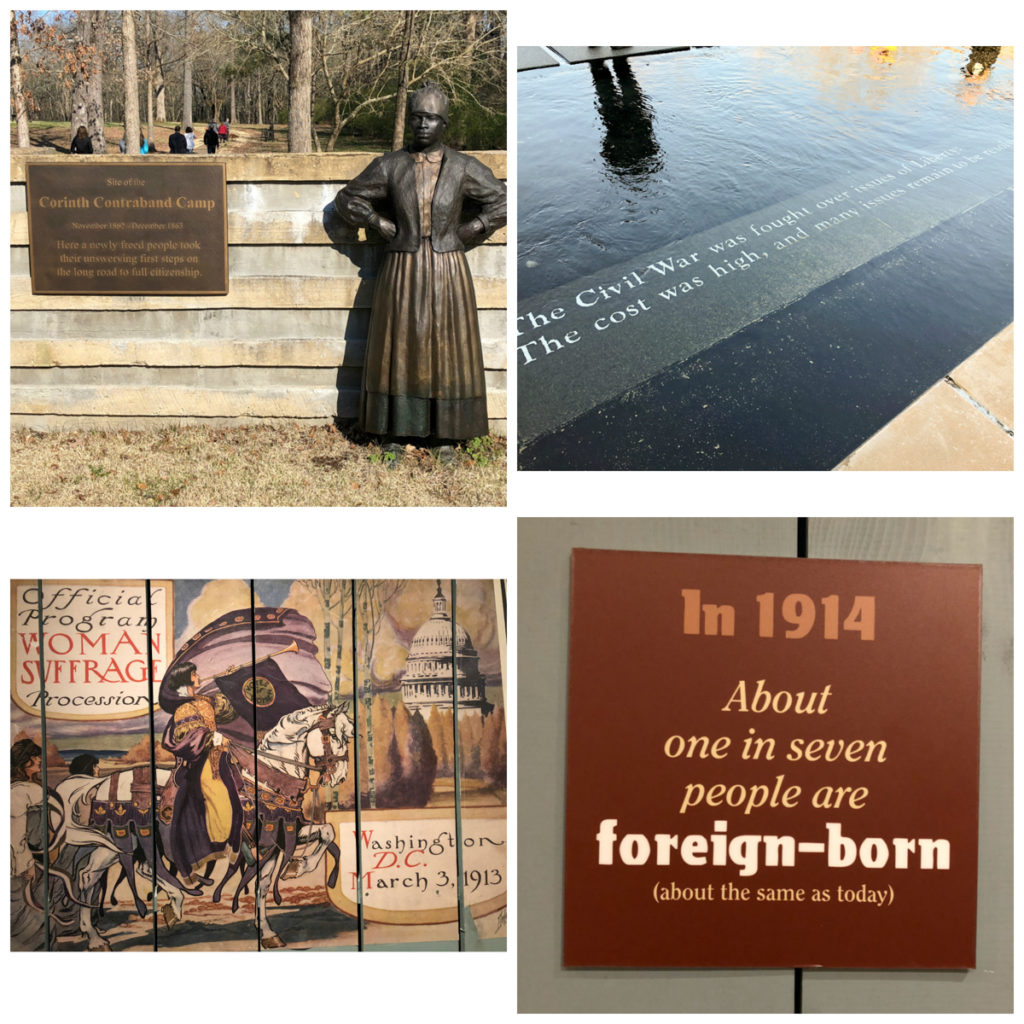
Advocacy
Every day our professional associations are working hard for museums, historic sites, cultural institutions, and libraries. They advocate about our importance to local, state, and federal governments, giving them numbers and facts and figures to underline the impact that our institutions have on the economy, education, and quality of life. They are doing this in small ways, such as through social media; in grassroots ways through letter writing and petitions; and in big ways, with feet on the ground, visiting our senators and representatives to state the case for funding and support. For the first time, I had the chance to participate this February in one of those events during VAM’s Museum Advocacy Day in Richmond – we spent the day visiting with state legislators, talking about their memories of and experiences with museums, telling them our ideas for engaging the state’s citizens in history and heritage, the arts and culture, and so much more. It was a real chance to see the importance of professional associations to the field as a whole, but also to be inspired and gratified by the support we gave each other and that we received from the people we met at the capitol.
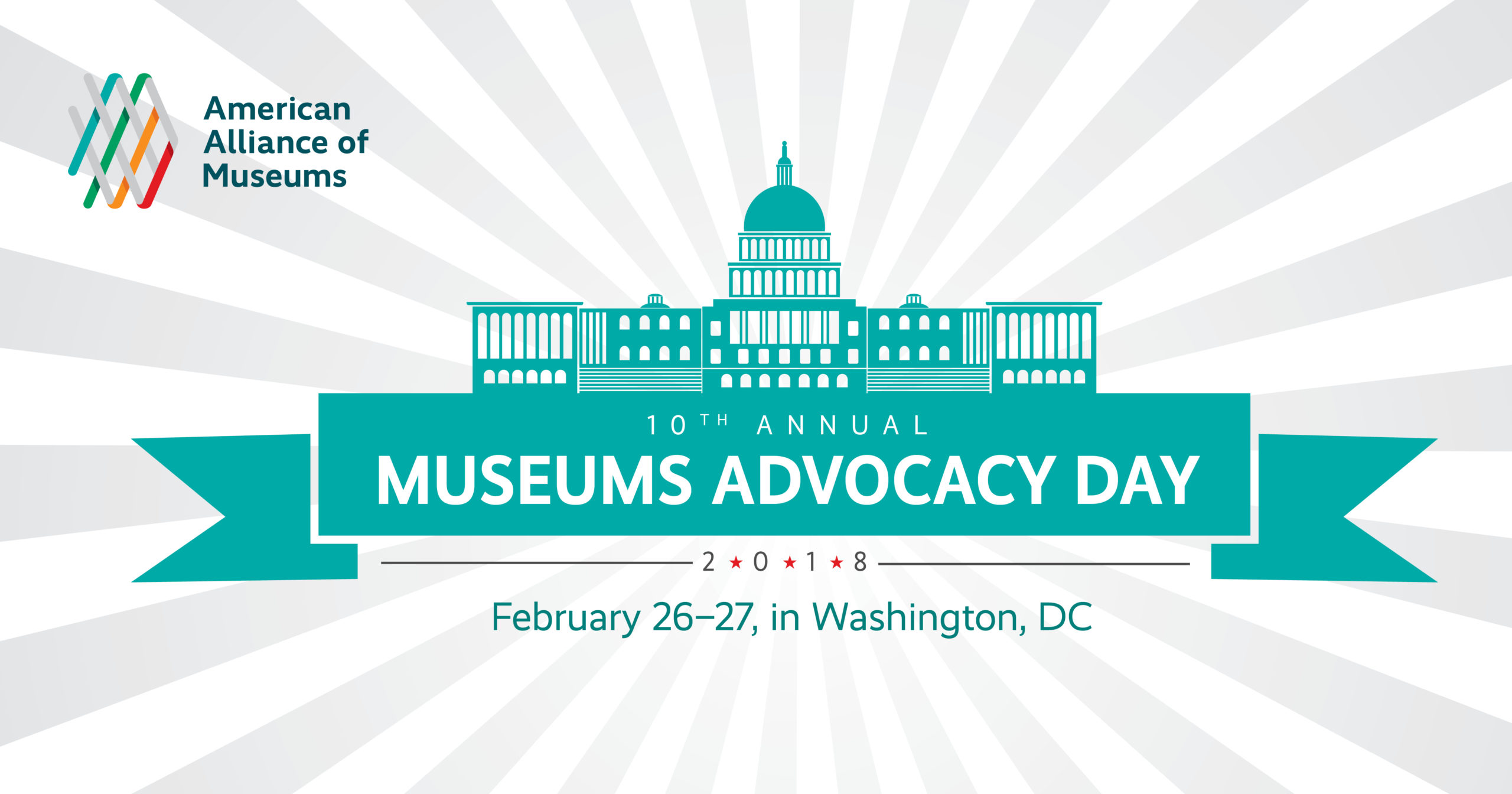
Partnership
Each professional association we belong to gives us the opportunity to form new and fruitful partnerships with other museums and sites. From these connections, we’ve worked with a variety of other institutions to present conference sessions together on topics as diverse as Smithsonian Magazine’s Museum Day Live!, using crowdfunding to get the support needed for cultural projects, and working with performing arts groups to deliver museum programming. Our relationships with our sister institutions also lead us to new exhibits to bring to our Special Exhibits Gallery – this is how we found out about Made in Tennessee, which we featured in 2016, and I Have a Voice, which will come to the museum next year. And we are also able to work with other museums who may have previously hosted those exhibits to share resources and event ideas that have been created as supplements to the exhibit. These associations also bring the possibility of joint promotion and programming, especially on a local and regional level with our participation in NETMA and amongst our peers at Smithsonian Affiliations. And while we think of partnerships as always being a product of positive times, those connections also help in the midst of challenging ones – for instance, our Disaster Plan lists all of the local and regional cultural institutions that we could turn to for support and expertise in the case of a disaster hitting our museum.
Assessment, Recognition, and Support
Through our connection to AAM, we participated in the Museum Assessment Program in 2016—17. Other organizations like AASLH offer similar evaluative programs such as StEPs. These types of assessment exercises give museums the chance to look at themselves realistically, to analyze their strengths and challenges, and to make plans for sustainability and growth within those parameters – often the first step to future accreditation. At the same time, most professional associations offer a variety of ways to bring recognition to their member organizations through awards and other tangible support.
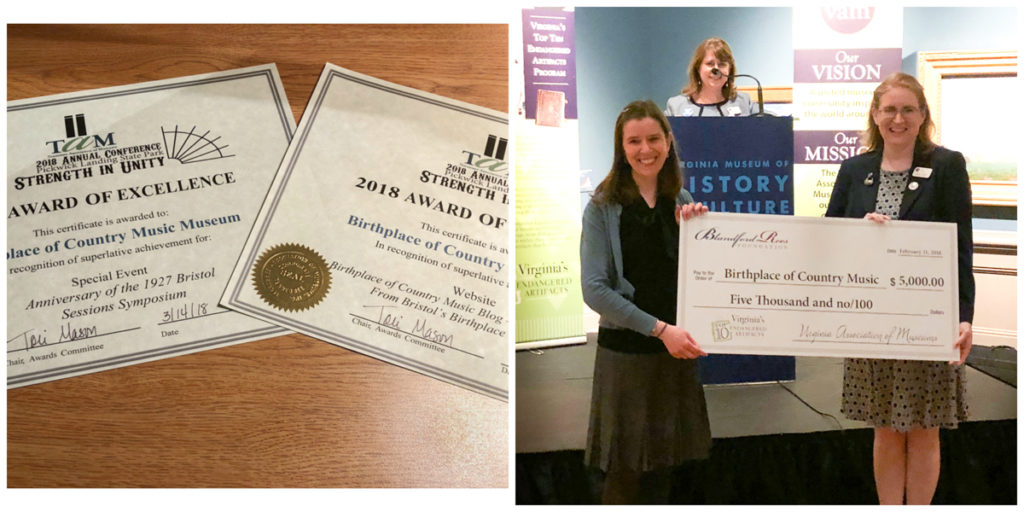
Friendship
Finally, and sometimes most importantly, friendships come out of these professional associations, which makes working in the often challenging, always passionate field of museums and cultural institutions easier, more interesting, and just plain more fun!
All for one, and one for all!
